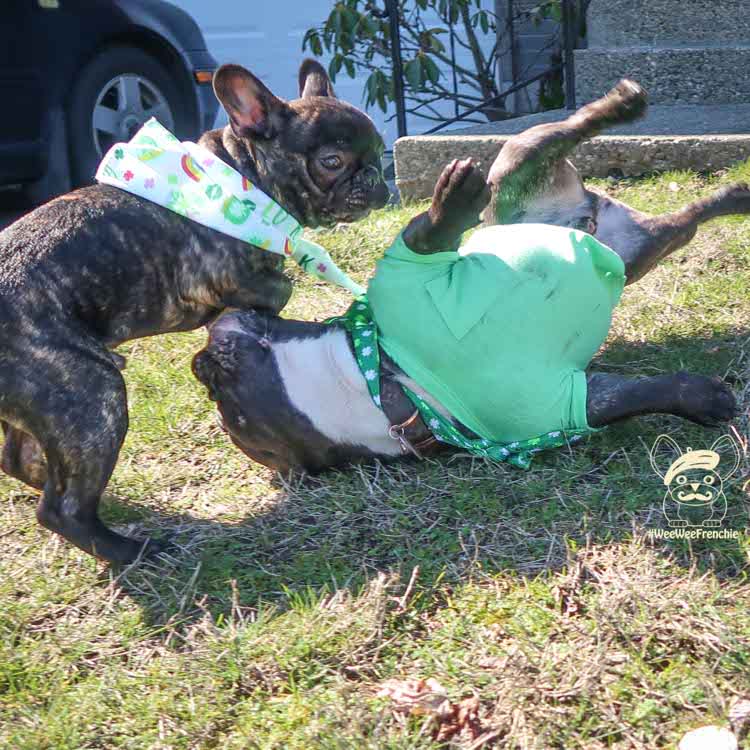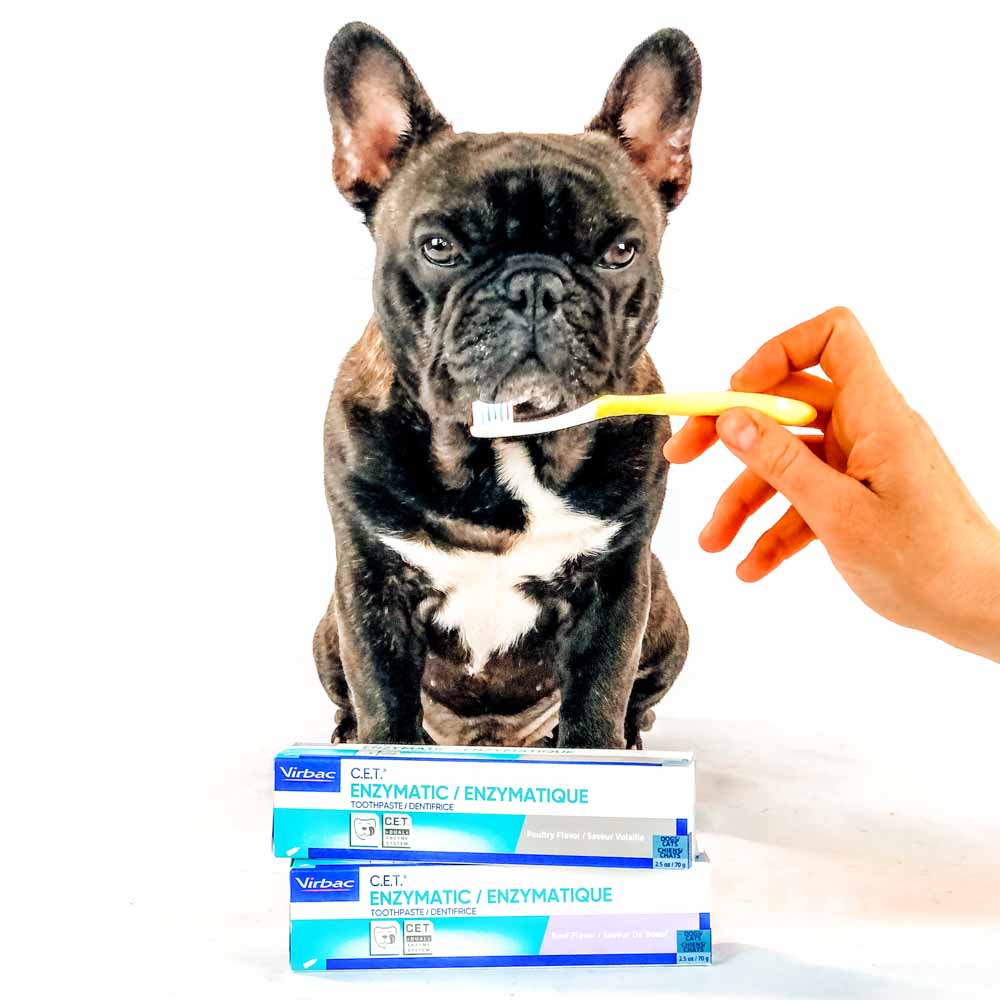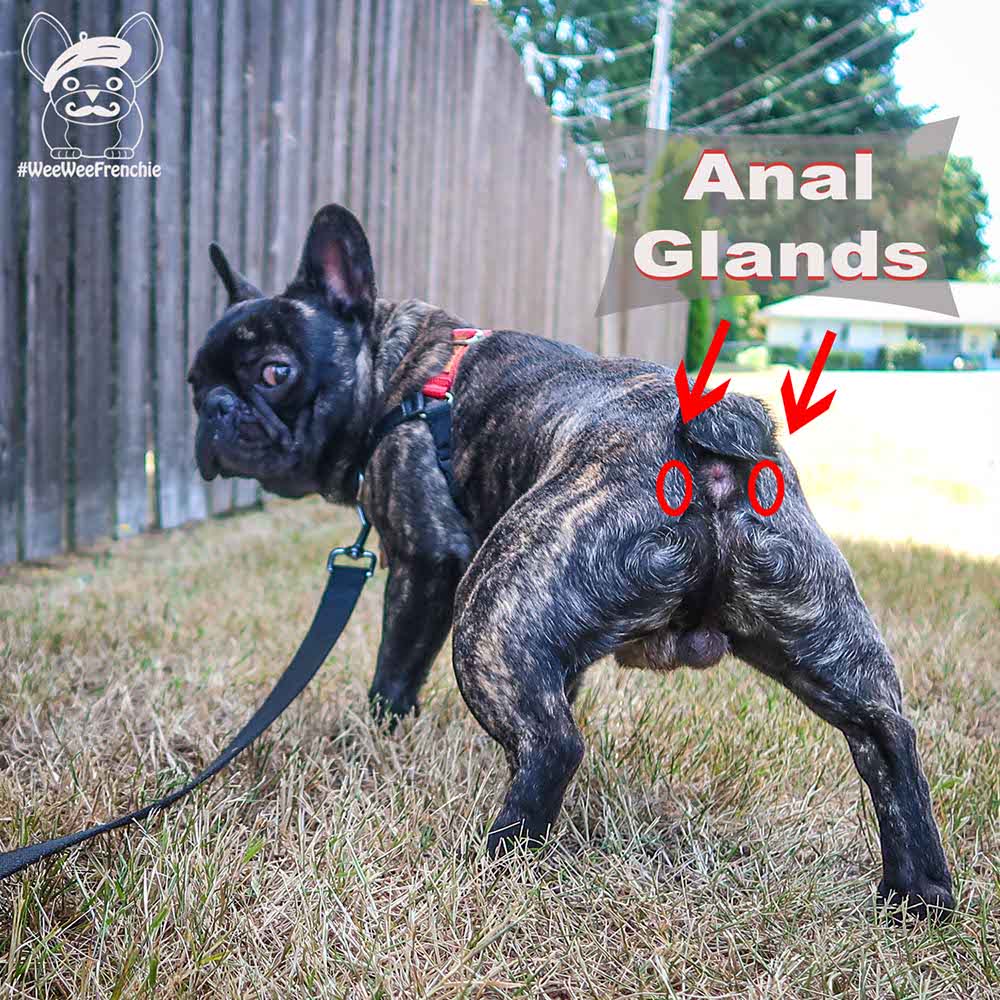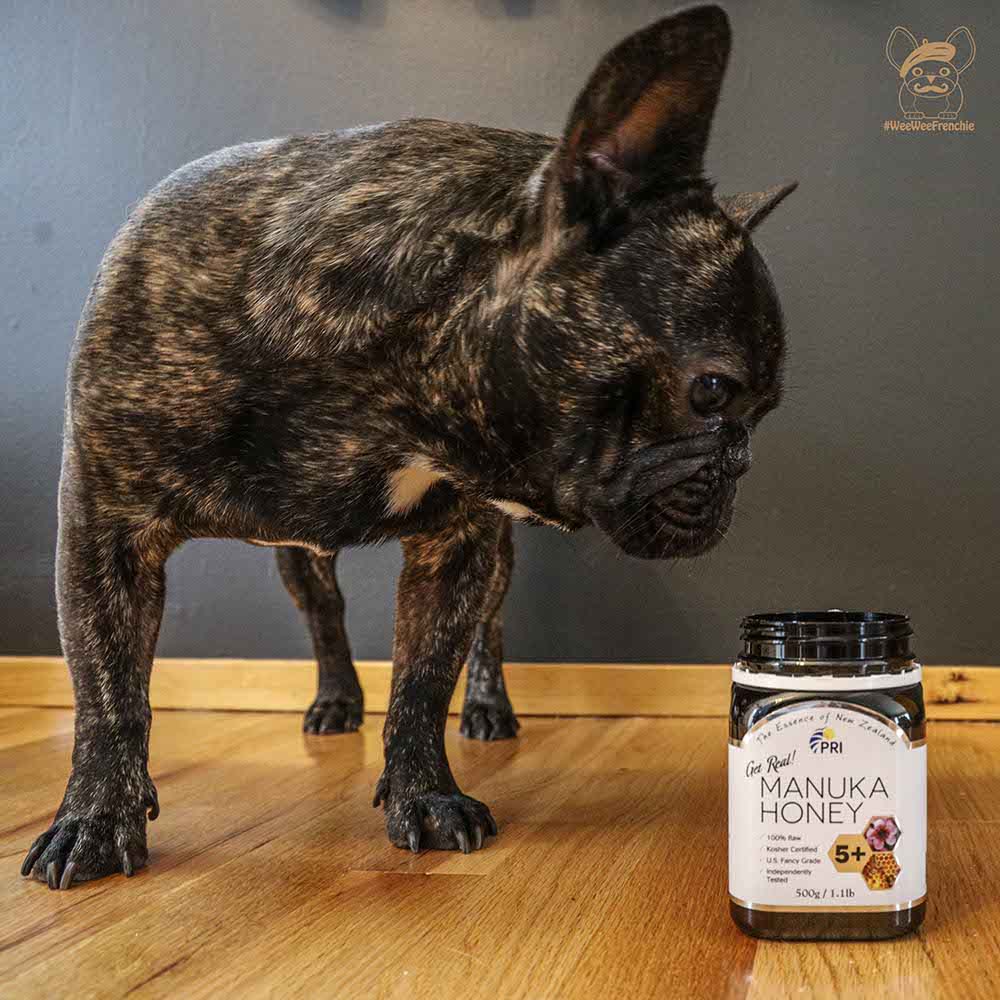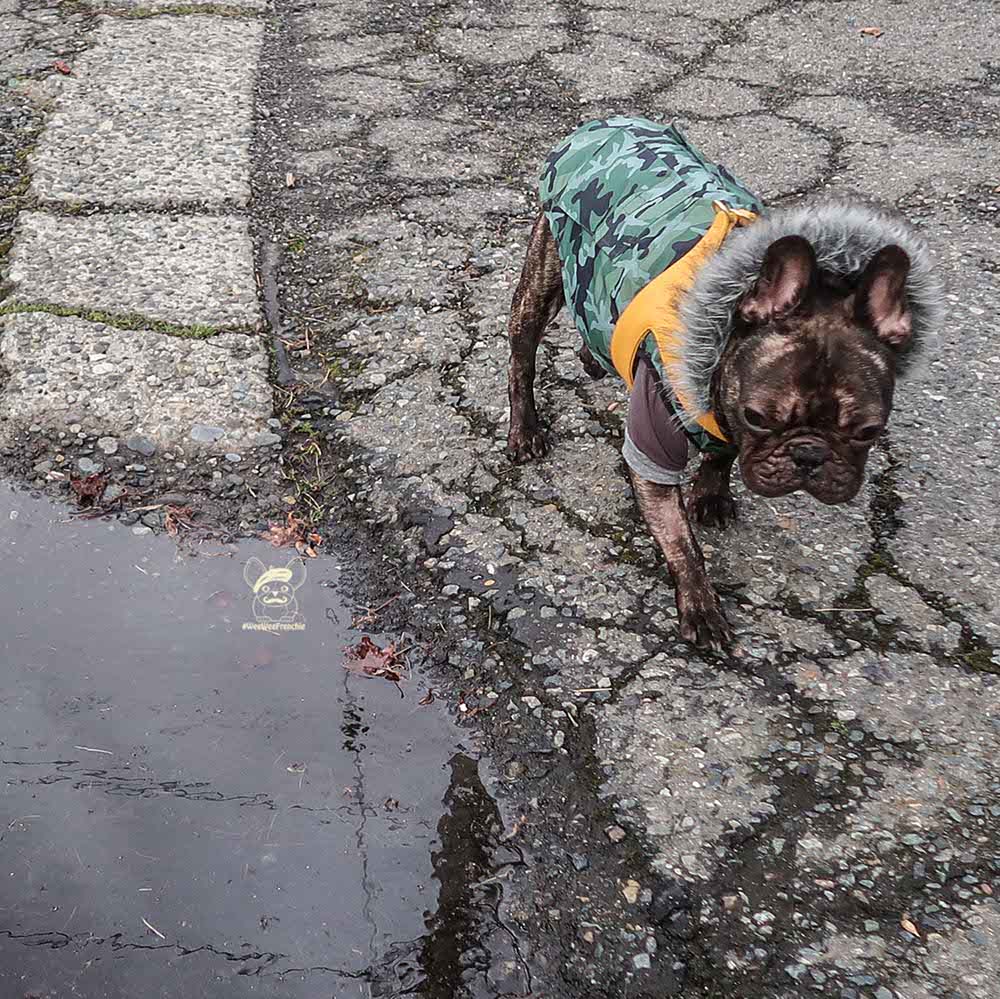How to Reduce Anxiety for Dogs When Relocating
After months of preparation and house hunting, the big day finally came. It is moving day, and not only are we exhausted from months of bidding wars, touring homes, and playing the real estate game but the animals are ready to have their pawrents back to themselves.
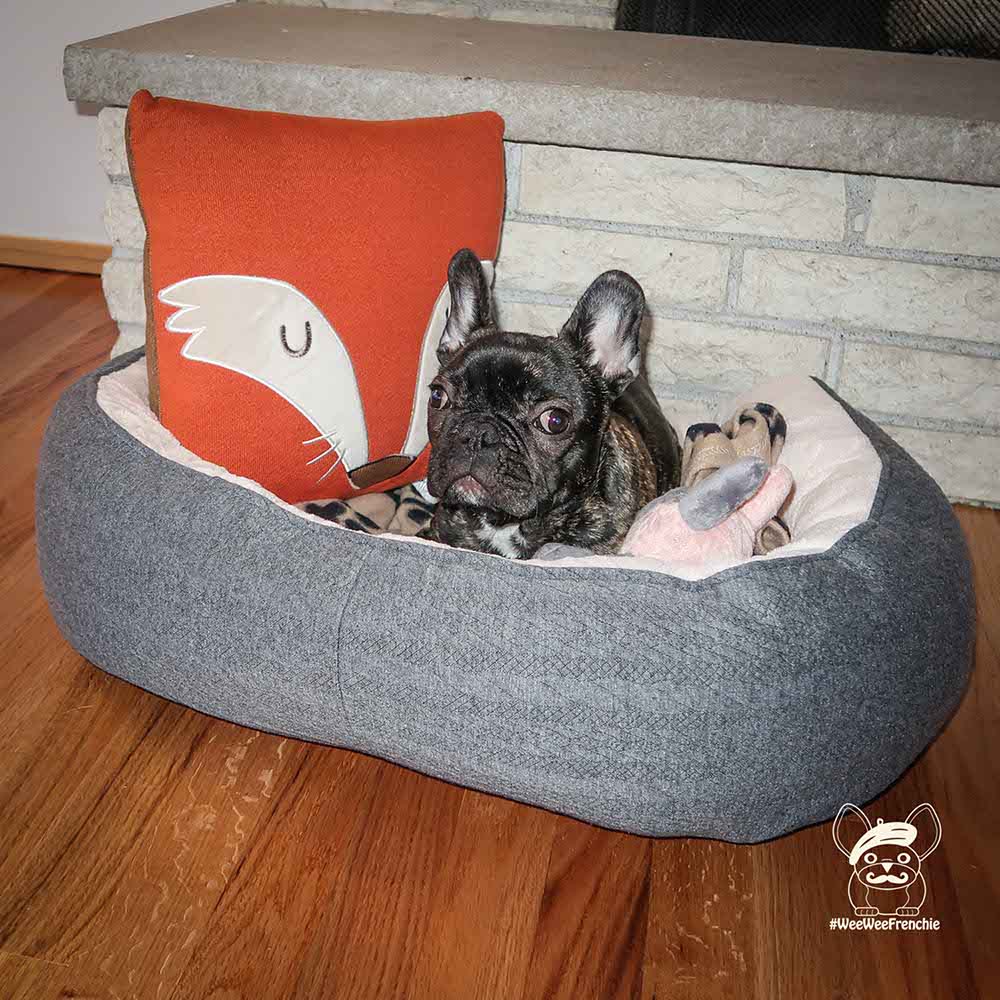
After months of preparation and house hunting, the big day finally came. It is moving day, and not only are we exhausted from months of bidding wars, touring homes, and playing the real estate game but the animals are ready to have their pawrents back to themselves. Phoenix, Cooper, and their feline brothers have known for several months that something was amiss but it has only been in the past week that the master plan was unveiled. The boys have upgraded into a much larger home with a yard, which is probably equivalent to a mansion for a dog. With some of the initial shock wearing off and unpacking beginning, I am uncoding each animal’s fear and anxiety from our move. One cat is losing hair due to stress, and Phoenix’s body shakes badly when he goes in and out of the front doors. How do you relieve the stress and anxiety of your cats and dogs while also trying to find some normalcy for yourself?
- Set up a room dedicated to your pet as soon as possible. This was especially important for the cats and dogs to help relieve anxiety. The cats have their own dedicated room, as well as the dogs. Both groups of animals are separated for now until they feel more comfortable in their space to eventually mingle and roam freely at their leisure.
- Dedicated play time. Cats and dogs need to know that their new space is going to be their home so get them acclimated by setting daily play time within the new space. The more you can teach your pet that this new space is fun, the faster your pet will begin to relax into their new space.
- Keep the same schedule. Although I am struggling with this rule, I am trying to determine a new daily schedule and stick to it. Keeping your animal on the same eating, playing, and sleeping schedule will help set routines for your animals and alleviate anxiety.
- Try to limit stress for your animal. Your animals are already dealing with the stress of a new house so limit anything else that could stress your pet. For example, if your pet hates baths or getting claws trimmed, make sure to do this before moving to limit anxiety for your pet. It’s important to allow your dog or cat to get comfortable in their new space before attempting tasks that are not your pet’s favorite.
- If all else fails, try pheromones. Pheromones can relieve anxiety and stress in an animal, helping to ease the transition into a new home or space. The diffuser only lasts around 4 weeks, which is long enough to help my animals transition into their new home.
- Make sure to reward your animal for good behavior. Setting expectations and limits in a new space can be difficult especially since a new home is overwhelming for your pet. Use treats as rewards during play time for good behavior and make sure to have fun. If you are not having fun, then your animal will be even more slow to adjust to their new space.
- Get your Z’s. Even though it may sound intuitive, it is easy to get distracted with unpacking and organizing. Animals can sense a change in emotions so make sure to take care of yourself, which will ultimately help to lessen added stress on your animal.
Be calm and carry on! This motto is being adopted into our home, and although we have our good and bad days, we can only hope that we will all settle into our new home and schedules shortly. Moving into a new home is not only stressful for animals but also pawrents. Make sure to find ways to relax during the unpacking phrase so that animals can spend down time with you. The more time that you can dedicate to your animals during the transition period, hopefully, the smoother and quicker the transitional period. It is always easier said than done but our hope is that you have a happy, successful, and stress-free move!
